BBC Earth newsletter
BBC Earth delivered direct to your inbox
Sign up to receive news, updates and exclusives from BBC Earth and related content from BBC Studios by email.
Plants
Nature is brimming with ideas. But can it help to solve human problems?
For billions of years, nature has worked relentlessly to ensure each life form on Earth is functioning at its very best. Through countless stages of evolution, plants in particular have become engineered to such a high degree that modern creative minds are studying them closely to find solutions to some of our own problems. From self-cleaning paint inspired by the lotus leaf, to wind turbine blades modelled on maple seeds, plants have a lot to teach us. Welcome to the world of biomimicry.
The term “biomimicry” was coined in 1998 by Janine Benyus, a natural history writer who went on to co-found the world’s first Biomimicry Institute in 2006. They help businesses overcome technological issues by looking for similar examples of what is required in the natural world. As Benyus highlights, these innovative nature-inspired solutions require significantly less energy, 'less materials' and 'no toxins,' which is in turn much better for the environment. The institutes boast a range of big clients, including NASA.1
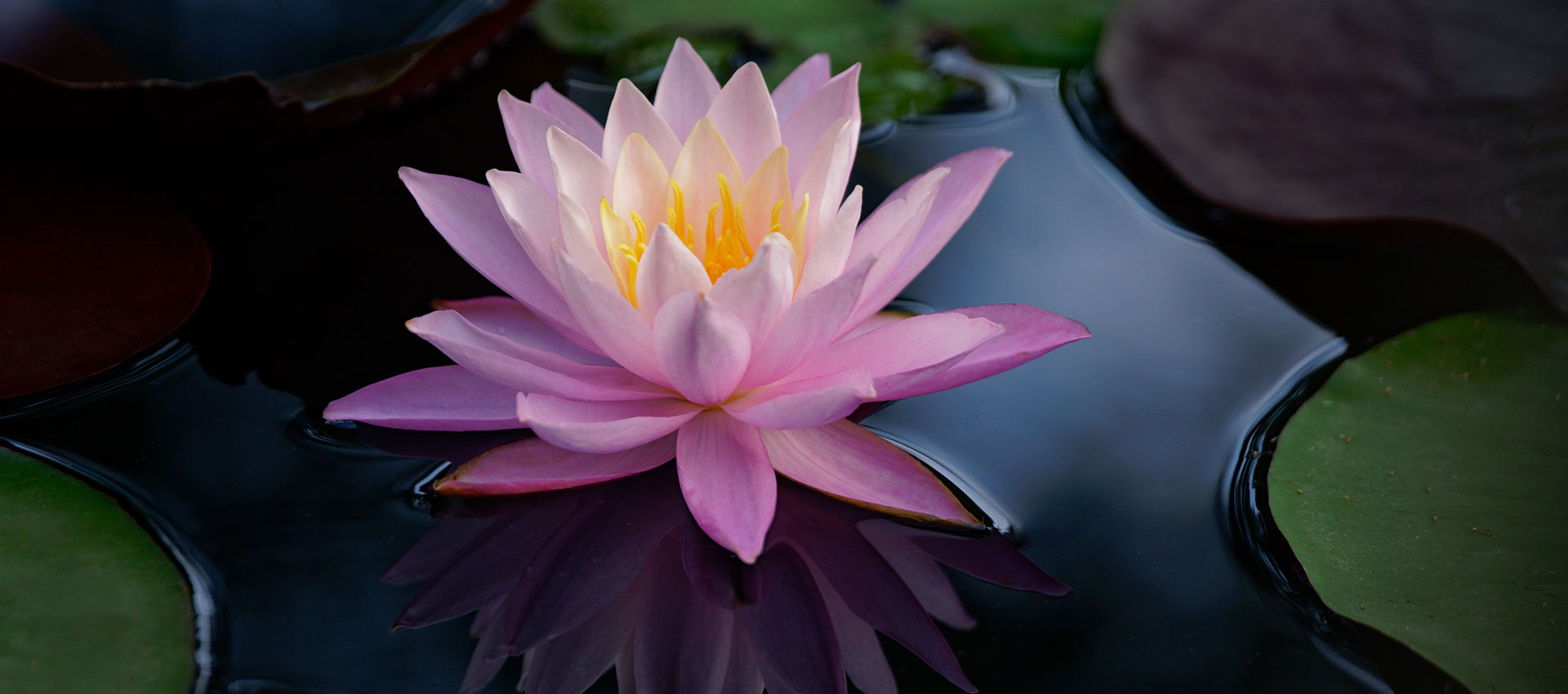
A few years earlier, Wilhelm Barthlott, a biologist from the University of Bonn, was intrigued to find out how lotus plant leaves were able to stay clean despite living in bogland. He led a research team that discovered lotus leaves were made up of tiny bumps that can trap air – and this causes rainwater to roll off the leaves, and take any dirt with it.2 He used his findings to develop a paint that mimics this effect – thus making it self-cleaning – and in Europe, more than 350,000 buildings have their exteriors coated this way.3
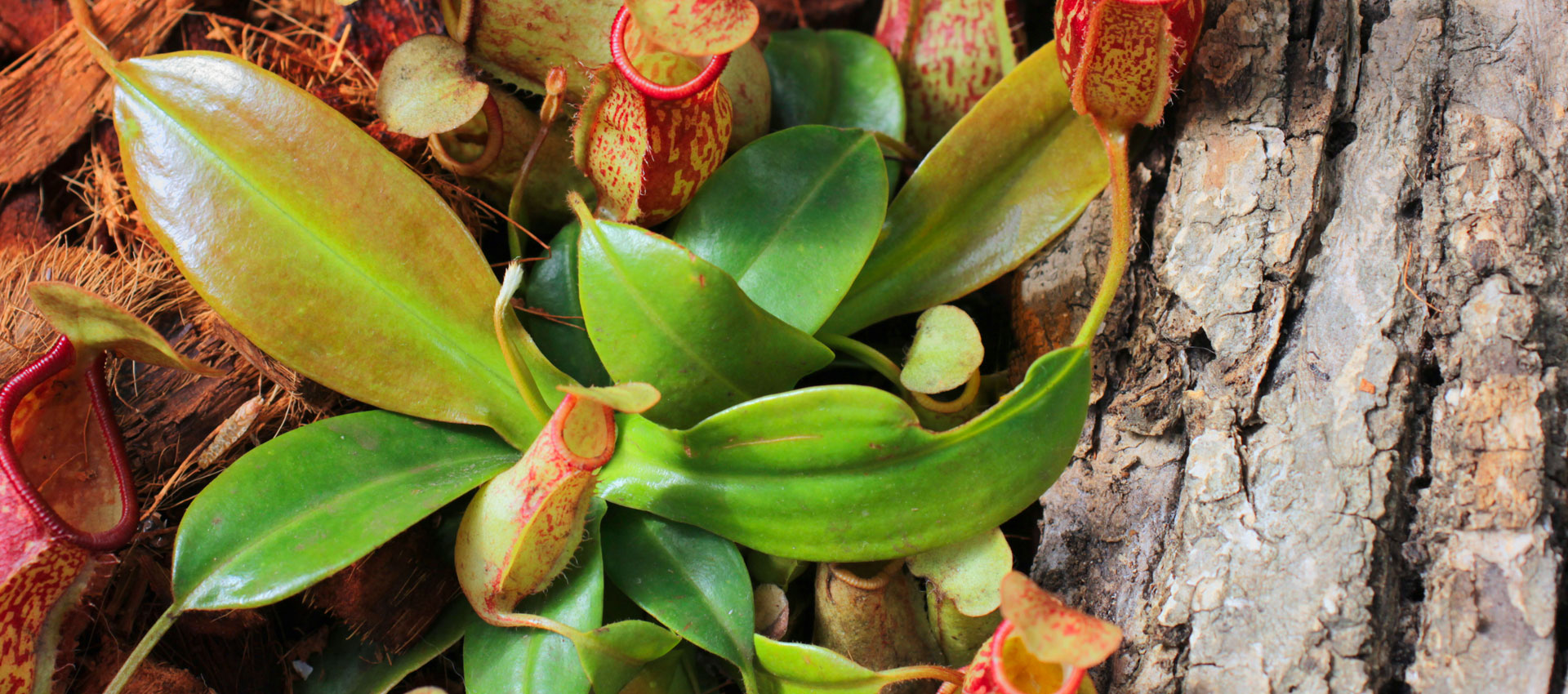
In a quest to create an even more slippery surface, Joanna Aizenberg and researchers at Harvard University studied how insects become a meal for the carnivorous pitcher plant, Nepenthes. Insects have oily feet, which helps them to walk up walls, but they slip right off the tube-shaped leaves of the Nepenthes and slide down into its digestive juices. On its surface, this plant has microscopic bumps which hold a thin layer of water, and this layer repels the oils. The team went on to create “Slippery Liquid-Infused Porous Surfaces” (SLIPS) by adding a special lubricating liquid to Teflon plastic, which soaks into its pores, leaving a nanometre-thin layer of liquid at the top. “We call it SLIPS, because everything does,” Aizenberg says. Its potential applications range from self-cleaning windows to blood transfusion devices.4
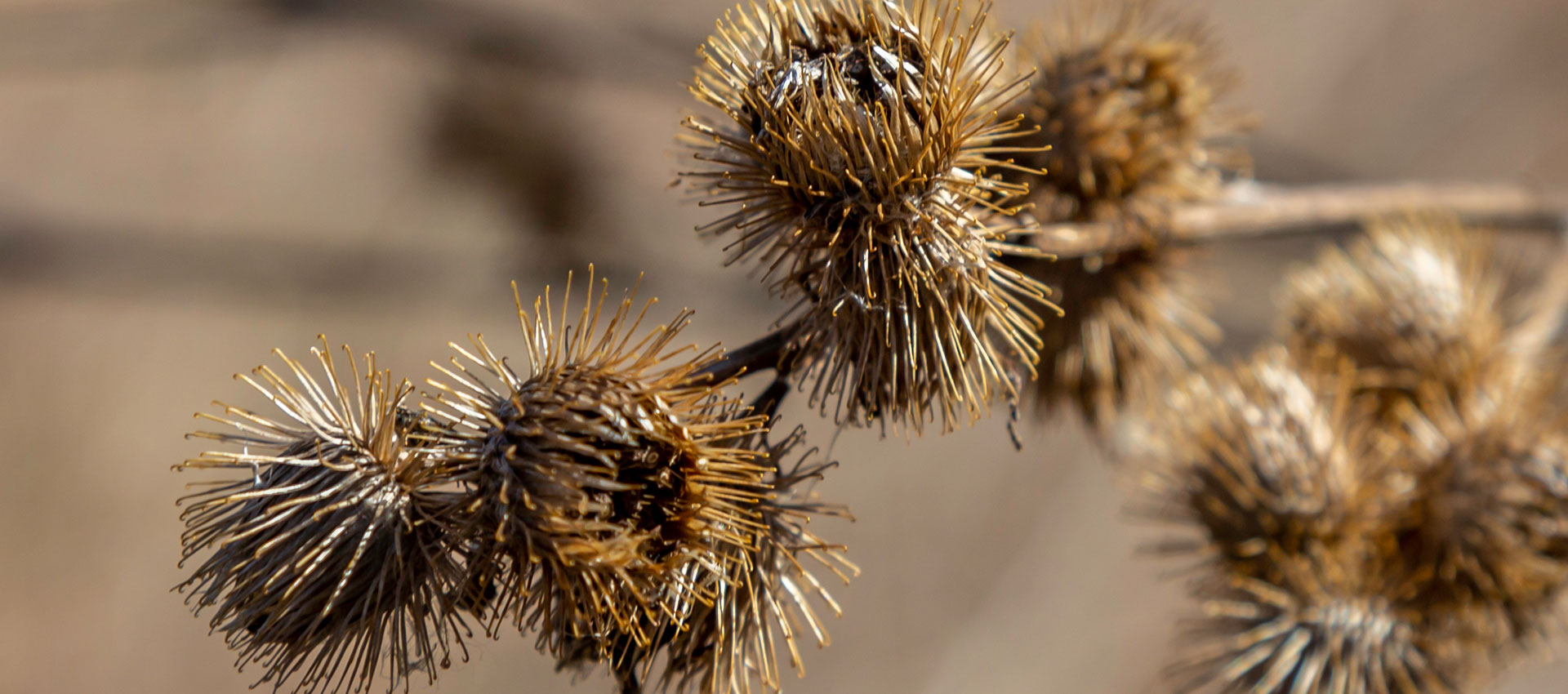
But if you want something to stay in place instead, then nature can offer some guidance here, too. After walking in the Alps with his dog, Swiss engineer George de Mestral found they were both covered in burdock burrs (the “sticky” seeds of the burdock plant). On closer examination, he realised this was because these seeds are covered in tiny little hooks that attach themselves to fur and clothing. That action was copied with his now commonplace ‘hook and loop’ Velcro fastener, which is even used on NASA’s space suits.5
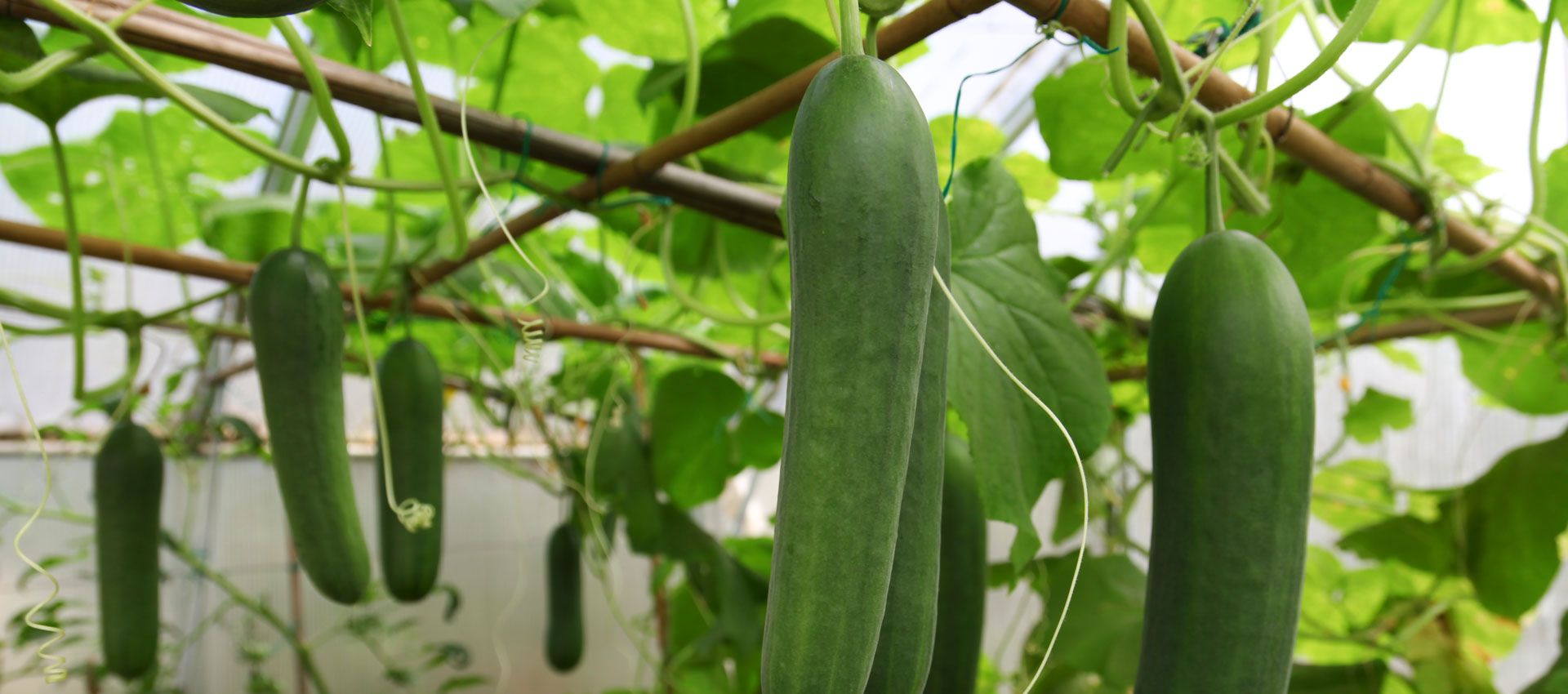
Plants can also form unlikely templates for technology, robotics, and sanitation. The Massachusetts Institute of Technology (MIT) have developed an artificial “muscle” based on the tendrils of the cucumber plant. As the plant grows, it shoots out spiral-like tendrils, which wrap themselves around anything they can touch, before contracting to hoist the plant towards sunlight. Researchers copied this behaviour to create a heat-activated fibre that can pull up to 650 times its own weight. The invention is intended to have a variety of uses in robotics, prosthetics, or biomedical applications.6
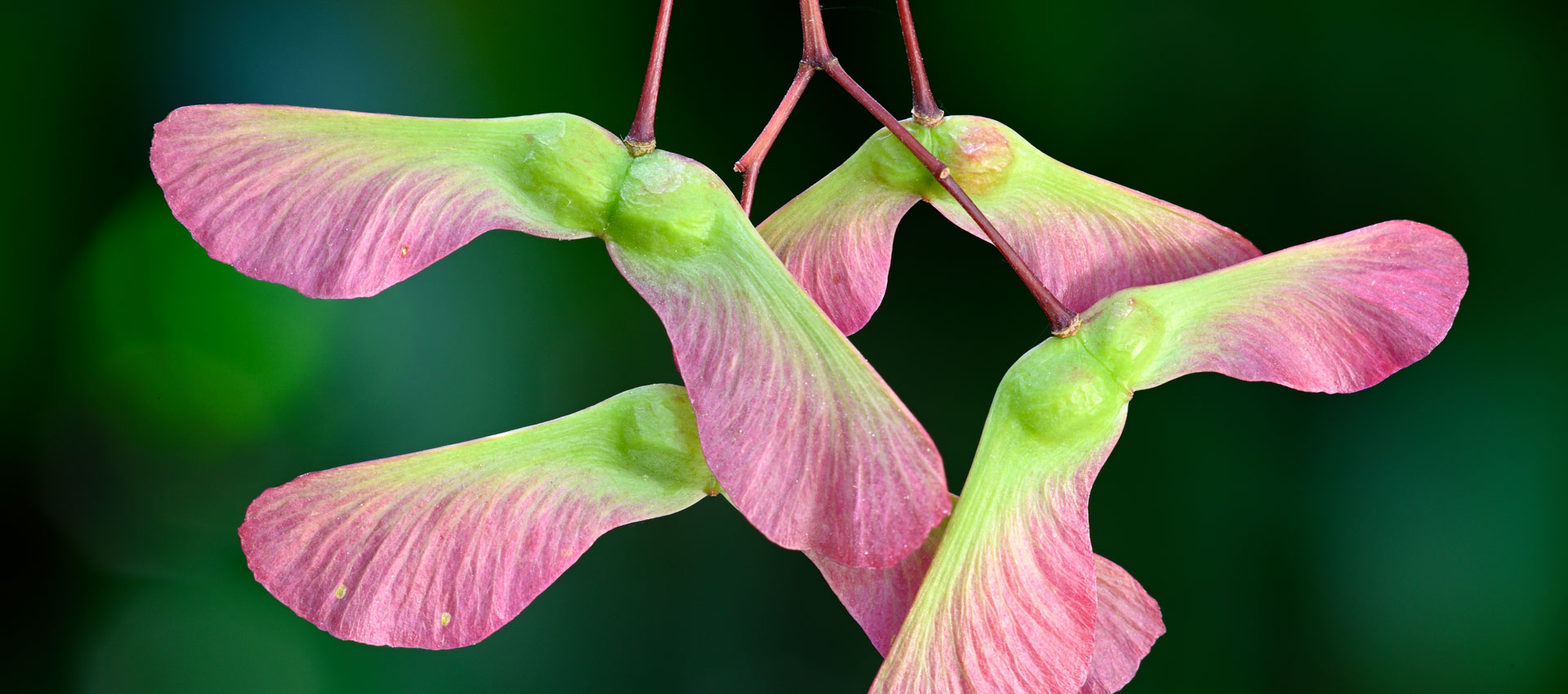
Designers in Toronto looked to the aerodynamics of the humble maple seed to help improve the efficiency of wind turbines. By observing how the shape of the maple seed allows it to gently course through turbulent air, they were able to redesign turbine blades to cut through the air with greater ease. They created a retrofit design, meaning it can be fitted to existing turbines as well as new ones. It was found to increase the capacity and efficiency of turbines, even in locations where larger blades or smarter software do not.7
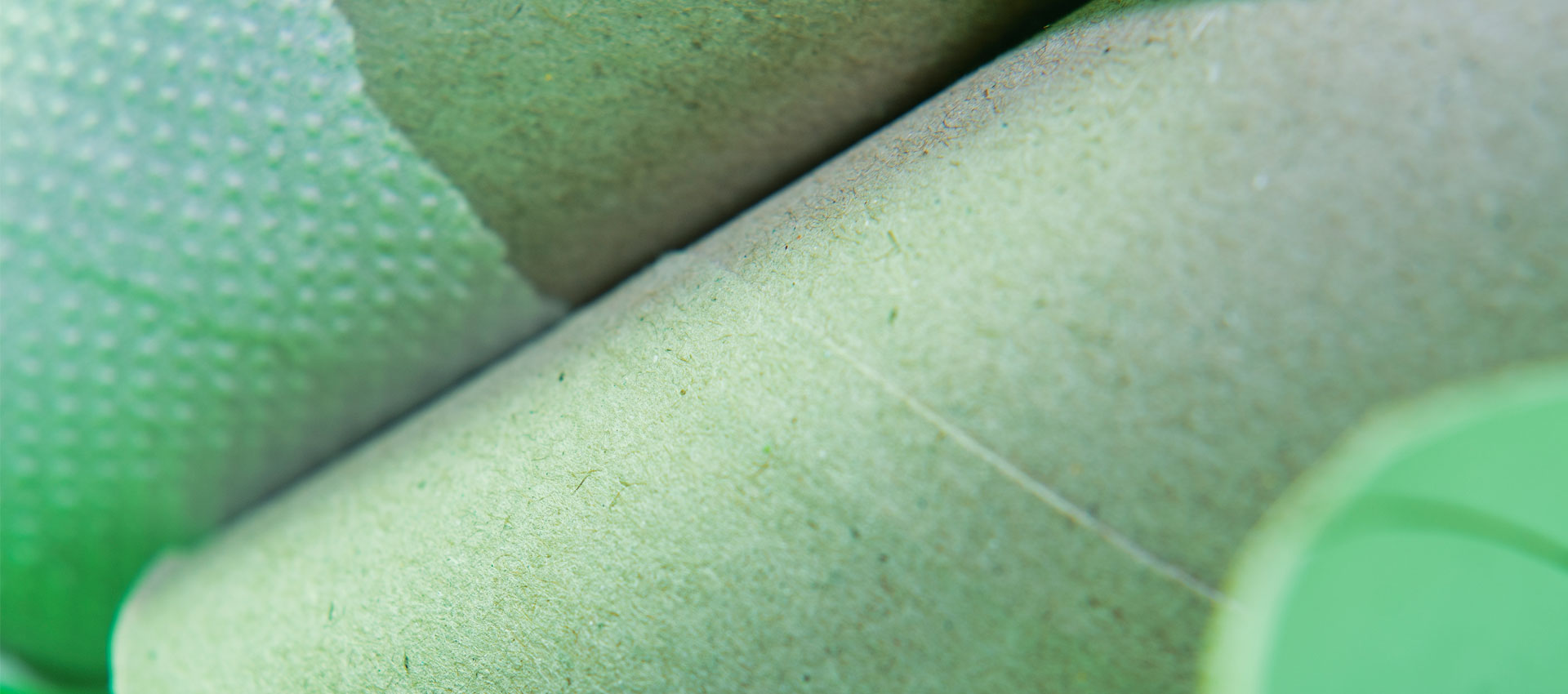
Astonishingly, 40% of the world lacks access to safe sanitation.8 The team at change:WATER Labs wanted to do something about that and so they invented the “iThrone” for use in areas with no sewage facilities. It disposes of human waste through evapotranspiration, the same way that plants pull moisture from the soil and release it through their leaves. There is no flush on these toilets; instead a simple membrane evaporates 95% of sewage without using any type of energy.9
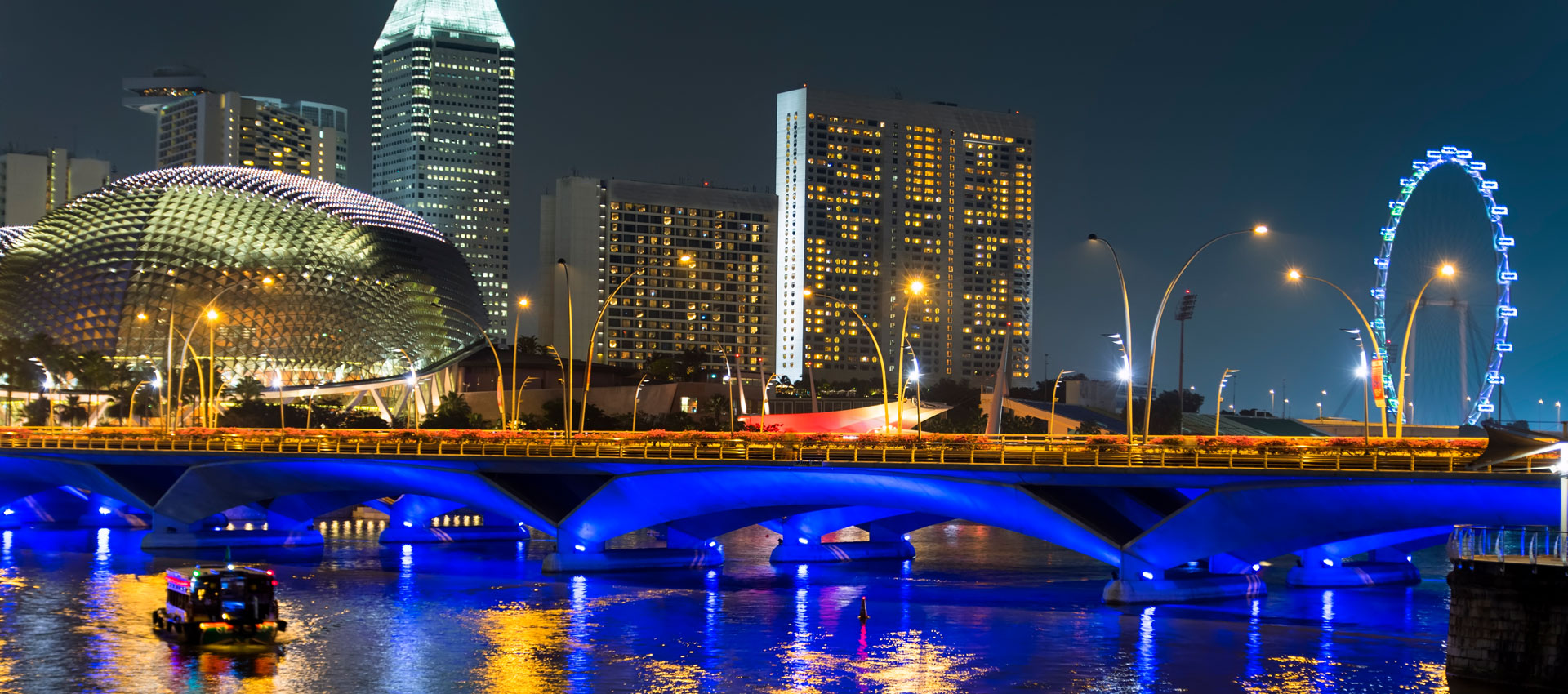
Buildings have also taken inspiration from the natural world. A visually arresting example is the Esplanade building,10 on the shore of Marina Bay in Singapore, which resembles the durian fruit. This was their solution to the conundrum of how to create a glass frontage that allowed a perfect view of the city without making the interior uncomfortable in the hot, humid climate. The ridges on the dome of the building are pyramid-shaped, with each side being a shield that opens or closes depending on the position of the sun, to ensure the interior is always kept cool. And importantly, it doesn't obscure the view! 11
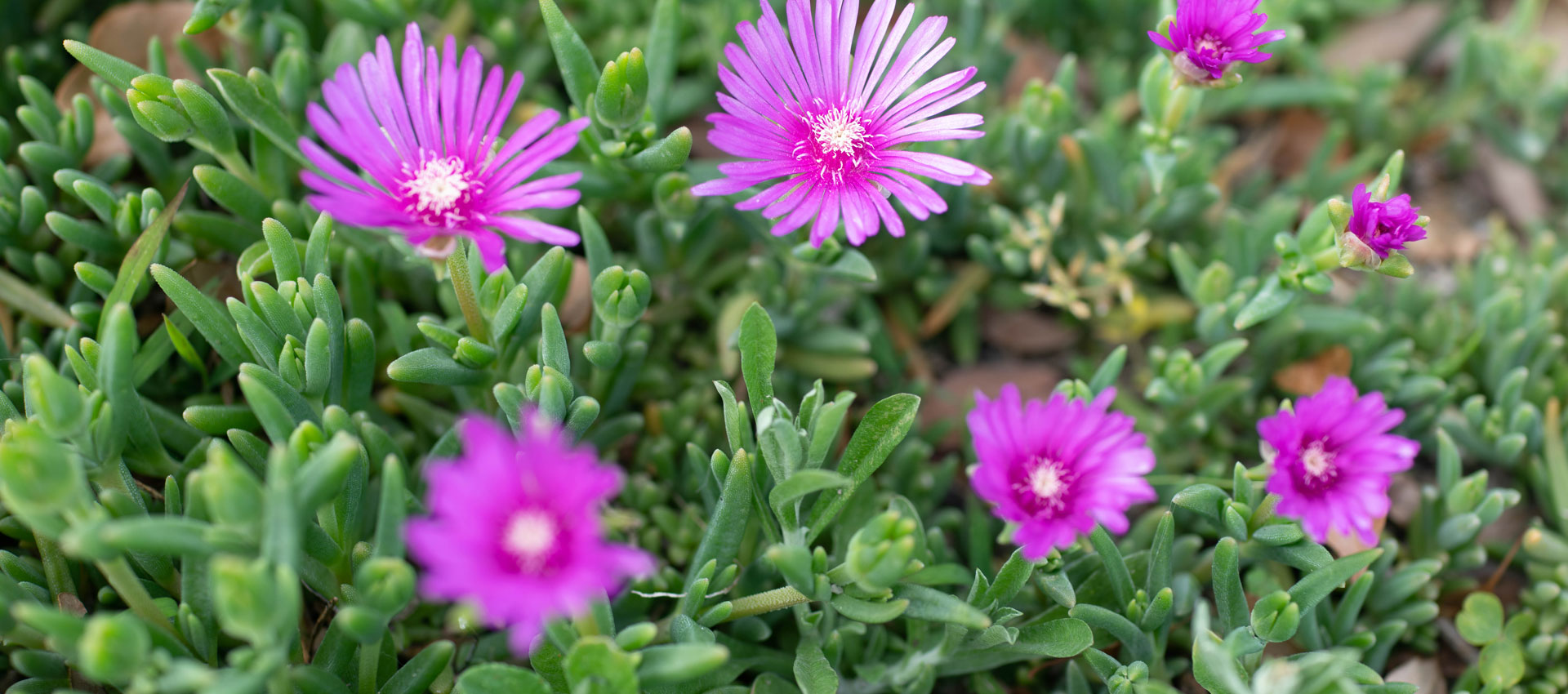
The story doesn’t end there – lots more developments are on the drawing board. Balsa trees grow at an extraordinarily fast rate and this has led to a study about “biomimetic woodinspired batteries”.12 Balsa wood has large cells and thin cell walls, meaning it grows fast because it has a low density. Researchers are investigating a way to copy the behaviour of Balsa in order to create batteries with higher energy densities and longer lifespans.13
Then there’s the “bionic leaf” that creates hydrogen fuel from sunlight. In nature, leaves convert sunshine, carbon dioxide, and water into oxygen and energy through the process of photosynthesis. Harvard professor Daniel Nocera, Caltech’s Nate Lewis and engineers at the University of Chicago and the University of Michigan are working towards creating a bionic leaf that does the same thing. The plan is that it generates hydrogen fuel by splitting water using nothing more than the power of sunlight. This artificial leaf is not on the market yet but is said to be “approaching the stage of commercialisation.” 14
Tim McGee, founder of LikoLab, a company that looks to biology to improve technology, thinks biomimicry has potential for developments on a much larger scale. He notes how in nature, the output from one system usually benefits everything around it and ponders how that could be applied to cities. “What if, in New York City, when it rained, the water that went into the East River was cleaner than when it fell?”15 To this end, a Seattle-based firm, Weber Thompson, has developed a rainwater filtration called 'Rain Bellows' that can be fitted to the outside of buildings. The inspiration for this came from the common ice plant – a succulent – that has evolved a cellular system to filter, store, and reuse water.16
Those working in the field of biomimicry have commented how their work makes them appreciate the natural world more, as well as making them feel better connected to it.17 It shows there is wisdom to be gleaned from the most unexpected of places and underlines the interconnectedness of life and where we fit into the greater scheme of things.18 Planet Earth is a great source of wonder but it is also a fragile place. Due to human action, great swathes of wildlife are being lost on a daily basis and with it the untapped knowledge that could potentially help solve some of mankind’s greatest problems. “All our inventions have already appeared in nature in a more elegant form,” says biomimicry pioneer Janine Benyus, “and at a lot less cost to the planet.”19
This article was commissioned as part of 'Our Green Planet'. This is a digital initiative, from BBC Earth in association with The Moondance Foundation, to raise awareness for the beauty and fragility of our planet’s green ecosystems. Discover more here. #OurGreenPlanet.
Featured image © Miro V | Getty Images
1. The Biomimicry Institute, 2. Lotus Leaf-inspired paint, 3. Self-cleaning Buildings Facades, 4. SLIPS, 5. A Sticky Situation, 6. The Cucumber Muscle, 7. Maple Seed Turbine Blade, 8. Poor Sanitation, 9. The No Flush Toilet, 10. The Esplanade Building, 11. Durian Fruit Building, 12. Case Study: Wood-Inspired Batteries, 13. Studying Balsa for Longer Life Batteries, 14. The Bionic Leaf, 15. Cleaner Cities, 16. Buildings to Clean Rainwater, 17. Better Connected to Nature, 18. How life work and our place in it, 19. A Lot Less Cost to the Planet